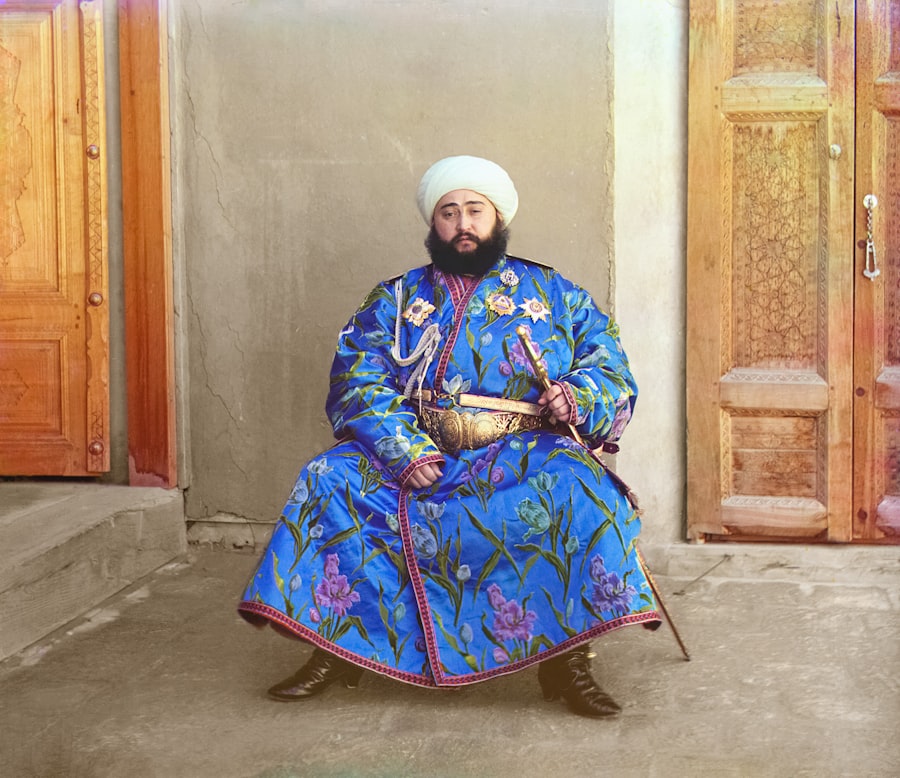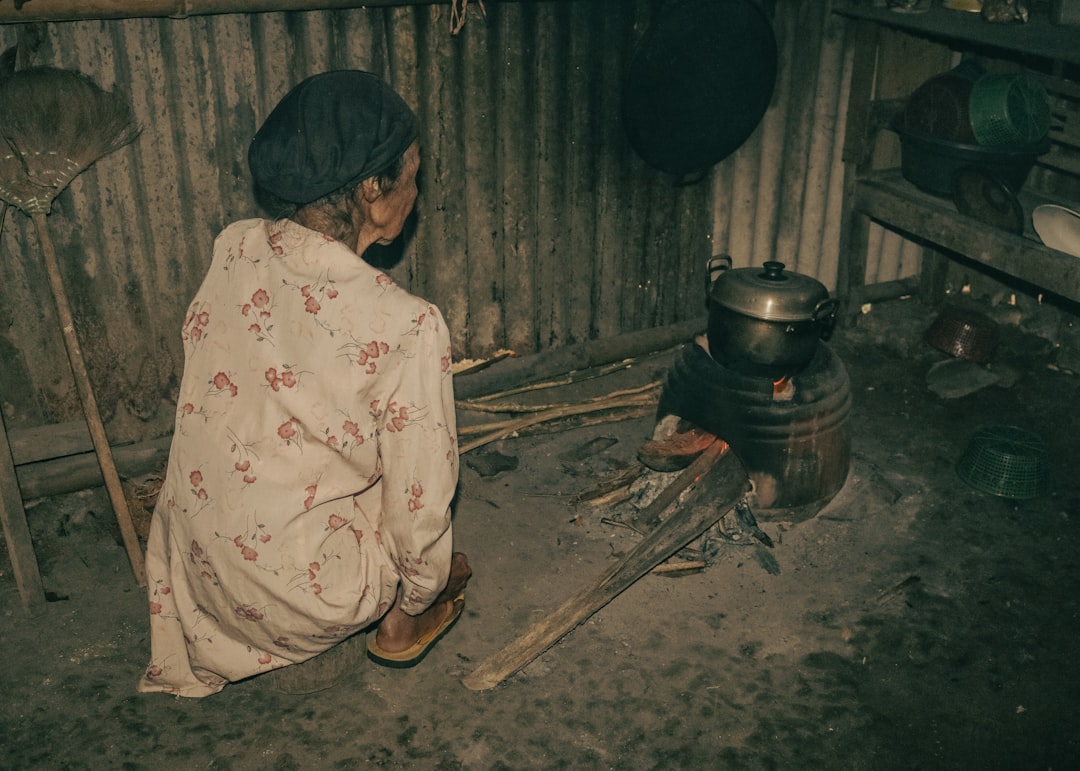The capture of Saddam Hussein on December 13, 2003, marked a pivotal moment in both Iraqi and global history. After years of evading coalition forces, the former Iraqi president was found hiding in a small underground hideout near his hometown of Tikrit. This event not only symbolized the end of an era of tyranny but also served as a significant milestone in the broader context of the U.S.-led invasion of Iraq.
Hussein’s capture was celebrated by many as a victory for justice and a step toward restoring stability in Iraq. For the Iraqi people, it represented a long-awaited opportunity to reclaim their nation from the grip of a brutal dictator.
The moment was filled with a sense of hope and anticipation, as citizens envisioned a future free from oppression. However, it also raised questions about the challenges that lay ahead in rebuilding a war-torn country and establishing a new political order.
Key Takeaways
- The capture of Saddam Hussein marked a historic moment in the war on terror, bringing an end to his brutal dictatorship.
- Saddam Hussein’s reign of terror was characterized by brutal oppression, human rights abuses, and the use of chemical weapons against his own people.
- The hunt for Saddam Hussein spanned a decade, culminating in his capture in a remote farmhouse near his hometown of Tikrit.
- The fall of Baghdad signaled the end of Saddam’s regime and the beginning of a new chapter for Iraq.
- The trial of Saddam Hussein sought justice for his crimes, but also raised questions about the legacy of his rule and the path to recovery for Iraq.
The Reign of Terror: Saddam Hussein’s Brutal Dictatorship
Saddam Hussein’s rule over Iraq was characterized by an iron-fisted approach to governance that instilled fear in the hearts of many. His regime was notorious for its widespread human rights abuses, including torture, extrajudicial killings, and the use of chemical weapons against both military adversaries and civilian populations. The Anfal campaign against the Kurdish population in the late 1980s stands as one of the most horrific examples of his brutality, resulting in the deaths of thousands and the displacement of countless others.
Under Hussein’s leadership, dissent was met with swift and often lethal retribution. Political opponents were silenced through intimidation or imprisonment, and the media was tightly controlled to ensure that only state-sanctioned narratives were disseminated. This atmosphere of fear created a society where loyalty to the regime was paramount, and any hint of opposition could lead to dire consequences.
The pervasive culture of violence and repression left deep scars on the Iraqi populace, shaping their collective memory and identity for generations to come.
The Hunt for Saddam: A Decade-Long Manhunt

Following the U.S.-led invasion of Iraq in 2003, Saddam Hussein became one of the most wanted fugitives in the world. The hunt for him was marked by a combination of intelligence operations, military strategies, and local informants. Coalition forces employed various tactics to track down the elusive dictator, including surveillance and raids on suspected hideouts.
Despite these efforts, Hussein managed to evade capture for several months, leading to speculation about his whereabouts and the extent of his support network. The manhunt for Saddam was not just a military endeavor; it also involved psychological warfare aimed at undermining his image as an invincible leader. Coalition forces sought to portray him as a coward hiding from justice, which played a crucial role in demoralizing his supporters.
Ultimately, it was a tip-off from an informant that led to his discovery in a spider hole near Tikrit. This moment not only ended his decade-long evasion but also served as a testament to the determination of those seeking accountability for his actions.
The Fall of Baghdad: The End of Saddam’s Regime
| Event | Date | Location | Outcome |
|---|---|---|---|
| The Fall of Baghdad | April 9, 2003 | Baghdad, Iraq | End of Saddam Hussein’s regime |
| US-led invasion | March 20, 2003 | Iraq | Toppling of Saddam Hussein’s government |
| Aftermath | 2003-2011 | Iraq | Period of instability and insurgency |
The fall of Baghdad in April 2003 marked the culmination of a rapid military campaign that resulted in the collapse of Saddam Hussein’s regime.
The iconic images of jubilant crowds tearing down statues of Hussein symbolized the widespread desire for liberation from his oppressive rule.
However, while the fall of Baghdad signified the end of Saddam’s regime, it also ushered in a period of chaos and uncertainty for Iraq. The power vacuum left by his ousting led to sectarian violence and insurgency, as various groups vied for control in the absence of a stable government. The initial euphoria quickly gave way to frustration and despair as Iraq descended into turmoil, highlighting the complexities involved in transitioning from dictatorship to democracy.
The Trial of Saddam Hussein: Justice for His Crimes
Saddam Hussein’s trial began in October 2005 and became one of the most closely watched legal proceedings in modern history. Charged with crimes against humanity for his role in the Anfal campaign and other atrocities, Hussein’s trial was seen as an opportunity for Iraq to confront its past and seek justice for the victims of his regime. The proceedings were marked by dramatic moments, including Hussein’s defiance in court and his refusal to acknowledge the legitimacy of the tribunal.
The trial was not without controversy; many criticized it as being politically motivated or lacking due process. Nevertheless, it represented a significant step toward accountability for human rights violations committed during his rule. In November 2006, Hussein was sentenced to death by hanging, a verdict that elicited mixed reactions both within Iraq and internationally.
While some viewed it as a necessary measure for justice, others feared it would further inflame sectarian tensions in an already fractured society.
The Legacy of Saddam Hussein: Iraq’s Path to Recovery

Saddam Hussein’s legacy is complex and multifaceted, leaving an indelible mark on Iraq’s history and identity. His reign was characterized by both modernization efforts and brutal repression, creating a paradox that continues to shape public perception. While some remember him for his attempts to develop infrastructure and promote education, others cannot overlook the atrocities committed under his rule.
In the aftermath of his capture and execution, Iraq faced immense challenges on its path to recovery. The scars left by years of dictatorship required deep healing, both at individual and societal levels. Efforts to rebuild institutions and foster national unity were met with significant obstacles, including ongoing violence and political instability.
However, many Iraqis remained hopeful that they could forge a new identity free from tyranny, striving toward a future defined by democracy and human rights.
The Impact of Saddam’s Capture: A Turning Point in the War on Terror
Saddam Hussein’s capture had far-reaching implications for the global fight against terrorism. It signaled a decisive moment in the U.S.-led campaign to dismantle regimes perceived as threats to international security. His removal from power was framed as part of a broader strategy to combat terrorism and promote stability in the Middle East.
However, this narrative was complicated by the subsequent rise of insurgent groups that exploited the chaos following his ousting. The aftermath of Saddam’s capture highlighted the complexities inherent in addressing terrorism through military intervention. While some argued that his removal would lead to greater security, others contended that it created a vacuum that allowed extremist ideologies to flourish.
The emergence of groups like ISIS underscored the unintended consequences of regime change and raised questions about the effectiveness of military solutions in addressing deeply rooted political and social issues.
Saddam Hussein’s Last Stand: The Battle of Tikrit
The Battle of Tikrit in 2015 served as a symbolic reminder of Saddam Hussein’s enduring influence over certain factions within Iraq. As Iraqi forces sought to reclaim territory from ISIS control, Tikrit became a focal point due to its historical significance as Hussein’s birthplace and stronghold. The battle was marked by fierce fighting and highlighted the complexities surrounding loyalty to Hussein’s legacy among some segments of the population.
Despite being long gone, Saddam’s presence loomed large over Tikrit during this conflict. Many fighters rallied under banners that evoked memories of his regime, illustrating how deeply entrenched sentiments regarding his leadership remained within certain communities. This dynamic underscored the challenges faced by Iraqi authorities in reconciling differing narratives about their past while striving for unity in their fight against extremism.
The International Response to Saddam’s Capture: Reactions from Around the World
The international response to Saddam Hussein’s capture was varied and often polarized. Many world leaders hailed it as a significant victory for justice and stability in Iraq, viewing it as an opportunity to support democratic reforms in the region. Countries that had supported the U.S.-led invasion expressed relief at his capture, believing it would pave the way for rebuilding efforts and foster peace.
Conversely, there were also voices of skepticism regarding the implications of his capture for Iraq’s future stability. Critics argued that removing Hussein did not address underlying issues within Iraqi society or guarantee lasting peace. Some nations expressed concern about potential power struggles among various factions vying for control in post-Saddam Iraq, emphasizing that true stability would require more than just regime change.
The Aftermath of Saddam’s Capture: Iraq’s Transition to Democracy
In the wake of Saddam Hussein’s capture, Iraq embarked on a tumultuous journey toward democracy that was fraught with challenges. The dismantling of his regime left behind a fractured political landscape characterized by sectarian divisions and competing interests among various groups. Efforts to establish democratic institutions were met with resistance from those who had benefited from Hussein’s authoritarian rule.
Despite these obstacles, there were moments of progress as Iraqis sought to assert their voices through elections and civil society initiatives. The establishment of a new government represented hope for many citizens who yearned for representation and accountability. However, ongoing violence and political instability continued to hinder these efforts, underscoring the complexities involved in transitioning from dictatorship to democracy.
Remembering Saddam Hussein: Reflections on a Complex Legacy
Saddam Hussein remains a polarizing figure whose legacy evokes strong emotions among different segments of society. For some Iraqis, he is remembered as a tyrant whose brutal regime inflicted suffering on countless individuals; for others, he is seen as a symbol of resistance against foreign intervention and imperialism. This duality reflects broader themes within Iraqi history—struggles for sovereignty intertwined with external influences.
As Iraq continues its journey toward recovery and reconciliation, reflections on Saddam’s legacy serve as reminders of both past atrocities and aspirations for a better future. Engaging with this complex history is essential for fostering understanding among diverse communities within Iraq while navigating challenges related to governance and social cohesion moving forward. Ultimately, remembering Saddam Hussein involves grappling with difficult truths about power dynamics—both past and present—and striving toward healing amidst lingering divisions within society.
In the aftermath of Saddam Hussein’s capture, the world was abuzz with discussions about the implications for Iraq and the broader Middle East. This pivotal moment in history marked a significant turning point in the Iraq War, leading to various analyses and reflections on the future of the region. For a deeper understanding of the events surrounding his capture and its impact, you can explore a related article on this topic by visiting this page. This resource provides insightful perspectives and detailed accounts of the circumstances and consequences of Hussein’s apprehension.
WATCH NOW! How the US Hunted and Captured Saddam Hussein: The Untold Story of Operation Red Dawn
FAQs
What is the significance of Saddam Hussein’s capture?
Saddam Hussein’s capture was significant as it marked a major milestone in the Iraq War and the efforts to stabilize the region. It also provided closure for the Iraqi people who had suffered under his regime.
When was Saddam Hussein captured?
Saddam Hussein was captured on December 13, 2003, near his hometown of Tikrit, Iraq.
Who captured Saddam Hussein?
Saddam Hussein was captured by a joint operation involving U.S. military forces and the Iraqi police.
What were the circumstances of Saddam Hussein’s capture?
Saddam Hussein was found hiding in a small underground bunker on a farm near his hometown of Tikrit. He was discovered without resistance and was taken into custody without any casualties.
What happened to Saddam Hussein after his capture?
After his capture, Saddam Hussein was held in U.S. custody and later transferred to Iraqi authorities. He was eventually tried, convicted, and executed for crimes against humanity.
How did Saddam Hussein’s capture impact the Iraq War?
Saddam Hussein’s capture was a significant blow to the insurgency in Iraq and provided a morale boost for the coalition forces. It also helped to undermine the remaining support for his regime and contributed to the eventual transition to a new government in Iraq.
